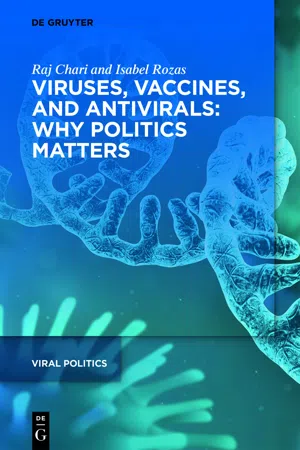On January 7, 2020 the SARS-CoV-2 coronavirus was identified in workers of the ‘wet market’ in Wuhan as the infective agent responsible for the unusual pneumonias detected since December 2019. This was only the beginning of one of the most uncertain periods for humanity since the Second World War: the COVID-19 pandemic.
On that date, there was no indication that the virus was spreading easily because some infected people were asymptomatic. Soon, the infection had moved to nearby countries such as Thailand, South Korea and Japan. Before it was contained, it had already spread as far as the US, Australia, Italy and Spain. The World Health Organization (WHO), previously accused of being alarmist when dealing with the 2003 SARS coronavirus outbreak, cautiously declared this viral infection a Public Health Emergency of International Concern on January 30, 2020. Soon after, all around the world, cities became empty while people died alone in hospitals and, beyond the human tragedy, the global economy suffered a tremendous blow.
Despite earnest criticisms made against many governments and international institutions, nobody saw this coming and nobody was ready for it. For that reason, this book aims to give guidance to governments to be ready for future pandemics, since this is neither the first one, nor will it be the last. Based on natural science concepts around viruses, viral infection prevention (i. e. vaccines) and antiviral treatments, and considering the different stages of the pandemic seen in different countries, we propose a typology that can serve as a blueprint for states to deal with future health crises.
Thus, in Chapter 2 we offer an overview of the ‘natural science’ side of our investigation by first considering what a virus is and outlining key terms and nomenclature. We then examine previous pandemics, including the plague, smallpox, malaria, cholera, tuberculosis, and AIDS. Next, we turn to the present pandemic, focusing on coronaviruses, viral replication, COVID-19 and SARS-CoV-2 variants. In the rest of the chapter, attention is then paid to putting a drug on the market, antiviral therapies to treat COVID-19, and vaccines to prevent it.
Given the importance of governments in developing public policies when there is no immediate anti-viral treatment or vaccine during a pandemic, the public policies they formulate are paramount. Hence, Chapter 3 starts with the ‘social science’ side of our research by first looking at the historical role of the state during pandemics. We then explain why over time the WHO has not been pivotal in shaping how countries have responded. This has resulted in states largely ‘going it alone’ and rather blindly developing public policy responses, which was particularly evident during COVID-19. The second part of the chapter thus develops a typology of four phases of policy responses to guide states during a pandemic: anticipating the virus, containing it, controlling it, and then opening up society. Here we outline the empirical indicators that signal the start of the phases and the policies that are expected to be found in each of the phases. The strength of our classification scheme is that it can be used to understand developments in any country, anytime, during any pandemic.
Next, Chapter 4 demonstrates the strength of this typology by examining public policies pursued in key countries during the COVID-19 pandemic against the expectations in our typology. In the first part of the chapter we justify the countries examined and explain the mixed methods approach relying on both qualitative and quantitative methodologies used for our country analysis. We then examine developments in these countries as follows: New Zealand, Ireland, Germany, Canada, the United States, India, South Africa and Chile. The chapter closes with comparative examination of the COVID-19 vaccination rollout in these states.
Finally, Chapter 5 closes by highlighting the main findings of the book. It also outlines significant lessons to be taken from this study, from both the ‘natural science’ and ‘social science’ vantages.
It is our overall objective that this book represents an incremental, as opposed to a step, change in scholarship because it examines a key global crisis in the last century for a broad group of readers. Those interested in social science will better understand the science behind viral infections, how to treat and prevent them, and why evidence-based policy is important when evaluating policy-makers’ decisions. Those more oriented towards natural science and medicine will better understand what governments are doing (or not doing) to deal with health crises. While there are many books and papers on COVID-19, we believe that this book represents a novel attempt to fruitfully bring both the natural and social scientific communities together, serving as a strong foundation for more interdisciplinary research.





